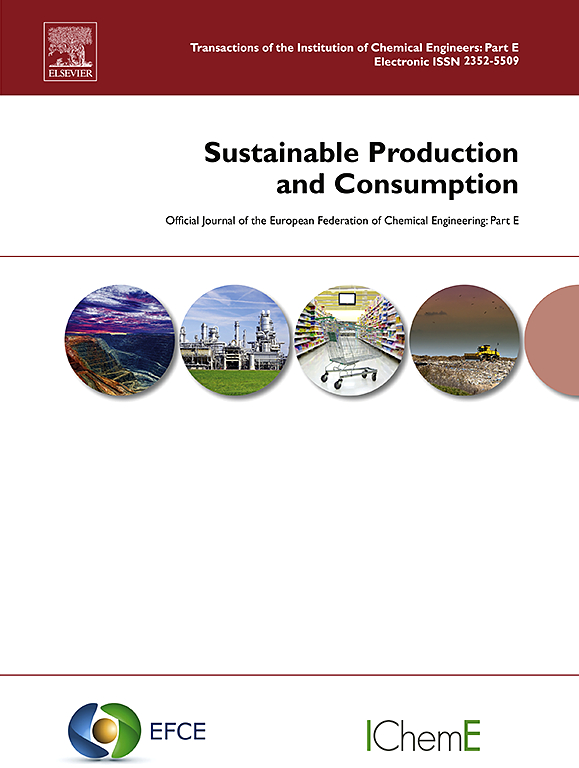Influence assessment by index decomposition analysis, prioritizing design variable for ecodesign
IF 10.9
1区 环境科学与生态学
Q1 ENVIRONMENTAL STUDIES
引用次数: 0
Abstract
In addressing climate change, ecodesign is a pivotal strategy advocating for sustainable products with minimal carbon footprints. However, traditional ecodesign approaches in product redesign often focus on modifying hotspots that may not always reflect the improvement potential or align with the designers' controllable design variables. To optimize ecodesign efforts, this study emphasizes the importance of targeting design variables that exert the most significant environmental sustainability influence on the product. To facilitate such targeted design efforts, an influence assessment was developed to evaluate the environmental sustainability impact of design variables using a four-step framework that adapts Index Decomposition Analysis (IDA). The framework was demonstrated through two redesign scenarios of a handheld fan considering the design tri-factor (choice of material, manufacturing process, and design geometry). In scenario 1, where only the handheld fan's stand was considered, design geometry was identified as the most influential factor in the component's environmental sustainability. In scenario 2, involving four components required to be fabricated from the same material, the material choice was collectively found to exert the greatest influence, even though the stand and battery cover showed alternative design variables with higher influence individually. In both scenarios, the designs generated based on the most influential design variable yielded the lowest carbon emissions among the modifications generated. These results underscore the framework's potential to guide designers towards more effective and sustainable product redesigns.
求助全文
约1分钟内获得全文
求助全文
来源期刊

Sustainable Production and Consumption
Environmental Science-Environmental Engineering
CiteScore
17.40
自引率
7.40%
发文量
389
审稿时长
13 days
期刊介绍:
Sustainable production and consumption refers to the production and utilization of goods and services in a way that benefits society, is economically viable, and has minimal environmental impact throughout its entire lifespan. Our journal is dedicated to publishing top-notch interdisciplinary research and practical studies in this emerging field. We take a distinctive approach by examining the interplay between technology, consumption patterns, and policy to identify sustainable solutions for both production and consumption systems.
 求助内容:
求助内容: 应助结果提醒方式:
应助结果提醒方式:


